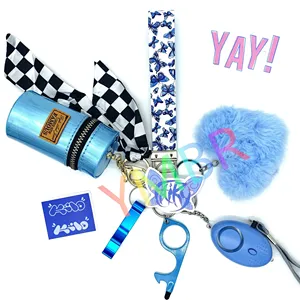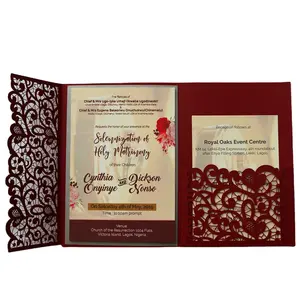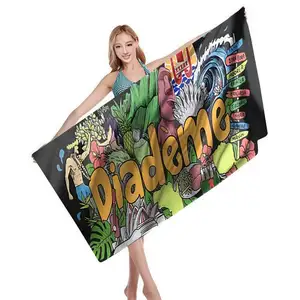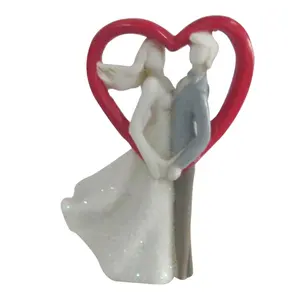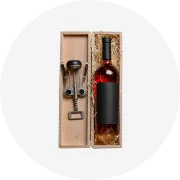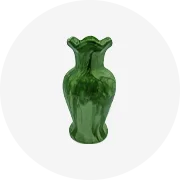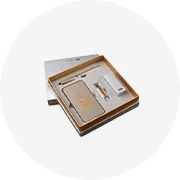Popular en tu industria
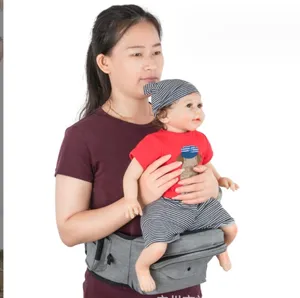





Fábrica BSCI taburete de bebé respetuoso con la piel cinturón portador mamá papá hombres táctico ajustable viaje niño bebé Hipseat portador
EUR 6.04 - EUR 7.90
Pedido mínimo: 500 piezas







Bolsa multifuncional para pañales de bebé, organizador Universal acolchado impermeable para cochecito de bebé
EUR 5.76 - EUR 7.62
Pedido mínimo: 500 piezas







Bomba de pecho bolso con enfriador compartimento para bomba de pecho bolsa de leche materna botellas de doble capa de almuerzo bolsas
EUR 5.29 - EUR 7.31
Pedido mínimo: 500 piezas







Portador de asiento de cadera para bebé, taburete de cintura para caminantes, Cinturón de sujeción, cómodo, de algodón, ergonómico, de alta calidad
EUR 9.90 - EUR 11.49
Pedido mínimo: 500 piezas







Bolso de viaje para bebé acolchado con diamantes de cuero vegano Mochila para pañales
EUR 9.20 - EUR 13.64
Pedido mínimo: 300 piezas







Mango porta bebé, moda de mano material del marco manija porta bebé
EUR 7.76 - EUR 7.95
Pedido mínimo: 300 piezas






Portabebés ligero duradero con estampado de patrones personalizados para recién nacidos con correa para el hombro y Asa
EUR 12.07
Pedido mínimo: 500 piezas




Cochecito plegable para niños, carrito de juguete deportivo para jugar al jardín, con techo y Asa de empuje y tracción
EUR 41.81 - EUR 51.10
Pedido mínimo: 500 piezas






Tianrui-cochecito de bebé plegable con bandeja de comedor
EUR 0.929 - EUR 20.44
Pedido mínimo: 400 piezas






Arnés de seguridad para Andador de bebé, fácil manejo, sencillo, andador De Luna para bebé, cinturón para caminar de estudio infantil
EUR 2.79 - EUR 4.56
Pedido mínimo: 10 piezas






2023 cochecito de bebé con alta calidad buen precio nueva moda mango Reversible cochecito de bebé
EUR 53.88 - EUR 64.10
Pedido mínimo: 20 piezas
Búsquedas Relacionadas:





Cochecito de bebé plegable, carrito ligero con asa, 2020
EUR 18.58 - EUR 23.23
Pedido mínimo: 100 piezas





Comercio al por mayor ajustable mango de alta calidad del cochecito de bebé
EUR 47.38 - EUR 49.24
Pedido mínimo: 300 piezas






Mildream Baby Fieltro Guardería Organizador Cesta Bolsa de pañales infantil con asa Caddy Cambio de pañales Portador de almacenamiento Bolsillo grande
EUR 2.61 - EUR 4.46
Pedido mínimo: 100 piezas










Para el recién nacido ajustable mango de alta calidad del cochecito de bebé
EUR 47.38 - EUR 49.24
Pedido mínimo: 300 piezas






Mejor cochecito de bebé, cochecito de bebé, carrito de bebé, silla de paseo en venta
EUR 0.929 - EUR 18.58
Pedido mínimo: 400 piezas





Para el recién nacido ajustable mango de alta calidad del cochecito de bebé
EUR 47.38 - EUR 49.24
Pedido mínimo: 300 piezas






Nuevo Modelo de cochecito de bebé 3 en 1 porta bebé con mango ajustable y portátil paraguas cochecito para el bebé
EUR 13.94 - EUR 27.87
Pedido mínimo: 200 piezas






Bolsa de papel azul de lujo para bebé, bolsa de transporte de papel con asas, regalo de cumpleaños, cosméticos, ropa, bolsas de papel para compras
EUR 0.0929 - EUR 0.3252
Pedido mínimo: 500 piezas






Cochecitos de bebé con asa de cuero PU, Carrier triciclo para niños, hechos en china
EUR 21.84 - EUR 23.23
Pedido mínimo: 50 piezas






Portabebés de gran tamaño y colorido para niños, triciclo 7 en 1 con mango de empuje, fuente de fábrica
EUR 20.83 - EUR 22.30
Pedido mínimo: 50 pares






Cochecito de bebé con mango de cuero PU, carrito de bebé hecho en China, precio barato
EUR 46.45 - EUR 50.17
Pedido mínimo: 440 piezas






Barra de manillar reversible, cochecito de bebé plegable de una mano, portabebés 201
EUR 17.19 - EUR 18.58
Pedido mínimo: 100 piezas






CERTIFICADO CE triciclo bebé China/bebé triciclo con manija de empuje/China profesional porta bebé triciclo fabricantes
EUR 18.90 - EUR 44.10
Pedido mínimo: 200 piezas






Triciclo 4 en 1 para bebé, triciclo de 3 ruedas con mango y portador de bebé, india
EUR 14.40 - EUR 51.10
Pedido mínimo: 1 pieza




Fei Li toys-cochecito de bebé 3 en 1, con cuna de transporte y Asa ajustable
EUR 22.49 - EUR 24.16
Pedido mínimo: 40 piezas






Portavasos desechable personalizado Bandeja de 2 tazas Portavasos de papel Portavasos para llevar
EUR 0.0372 - EUR 0.3159
Pedido mínimo: 100 piezas






Portabebés de recién nacido a niño pequeño: portabebés ergonómico, cómodo y ligero para 7-44 libras, fácil de poner

EUR 8.14 - EUR 8.98
Pedido mínimo: 300 bolsos






China, de alta calidad de los niños del bebé 3 vías portador de poliéster colorido bebé de 4-24 meses bebé
EUR 18.58 - EUR 27.87
Pedido mínimo: 50 piezas






Gancho de agarre para cochecito de bebé, gancho para cochecito de bebé de cuero PU, duradero y pegajoso
EUR 0.6411 - EUR 0.734
Pedido mínimo: 100 piezas






Transportines de mascotas y productos de viaje Aprobado por la aerolínea Transportín para gatos con ruedas Bolsa con ruedas para perros Bolsa con ruedas para gatos
EUR 12.27 - EUR 12.92
Pedido mínimo: 100 piezas





Portabebés, mochila de senderismo, sillas, silla de comedor para bebé, portador de mochila, 2018
EUR 39.02 - EUR 41.81
Pedido mínimo: 300 piezas






YTBagmart-bolsa de plástico transparente de polietileno Pe con cremallera, bolsa de medicina troquelada con mango para Hospital
EUR 0.0093 - EUR 0.2323
Pedido mínimo: 20000 piezas






Cartón cerveza portador llevar cerveza titular de la cerveza de la bandeja de papel
EUR 0.0279 - EUR 0.0465
Pedido mínimo: 10000 piezas





Desechable Pp microondas asador pollo sacar contenedor caja de comida con asa de plástico asador pollo contenedor portador
EUR 0.0093 - EUR 0.0465
Pedido mínimo: 10000 piezas






Nuevo y de lujo cochecito de bebé 3 en 1 de lujo cochecito cochecitos caminantes portadores
EUR 126.81 - EUR 134.71
Pedido mínimo: 200 piezas
Categorías principales
Sobre portabebés manejar
Alibaba.com ofrece los productos 2000 portabebés manejar. Una amplia variedad de opciones de portabebés manejar está disponibles para usted, como por ejemplo multi-función, suave y transpirable. También puede elegir de de plástico, de acero inoxidable y de aleación de aluminio portabebés manejar, así como de regalos de las tiendas, tiendas especializadas. y super mercados portabebés manejar.Y si portabebés manejar es oxford, de aluminio o tela de oxford.

